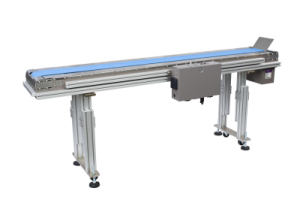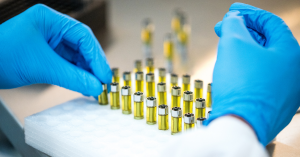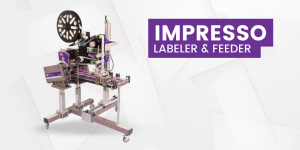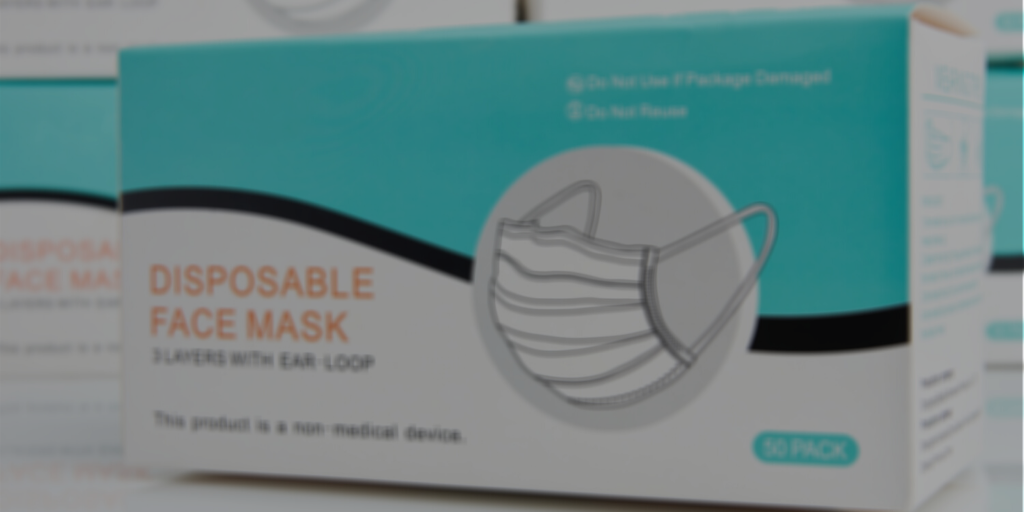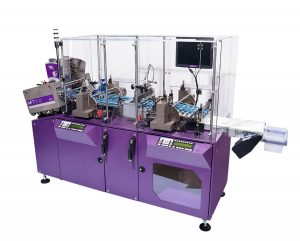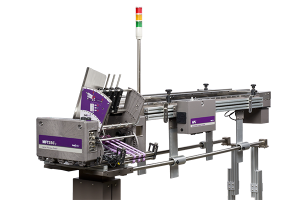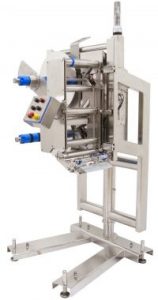The pharmaceutical industry has strict standards and regulations regarding the packaging and labeling of over-the-counter pill bottles for consumers. Different products have different requirements, and prescription pill bottles are no exception to those regulations.
The FDA labels for all over-the-counter (OTC) medicines (available without a prescription) to have a Drug Facts label. The Drug Facts label was created to reduce confusion by standardizing usage and safety information to be more understandable for the average consumer.
.png)
Drug Facts label must clearly show and state the following information in order:
Name of the product
- Table of Drug Facts
- Product’s active ingredients
- Purpose of the product
- Intended uses of the product
- Specific warnings for products such as side effects and activities to avoid
- Dosage instructions, including when, how, and how often to take
- Products inactive ingredients (inactive ingredients may include allergens)
With so much mandatory information and branding to display on pill bottles, the labels are often very text heavy and with small font sizes. Some companies use extended content labels (ECLs) to keep their labels readable while still complying with health and safety information requirements. Extended content labels come in many different forms but the most common ECLs are Peel-back and Booklet labels.
Peel-back labels lay flat on the packaging and then peel away to reveal more information on the back. Booklet labels are much more extensive, both in size and the amount of information it can hold. The booklets provide several pages of information while using very little surface area with the pages laying flat as a booklet on the package until unsealed and unfolded.
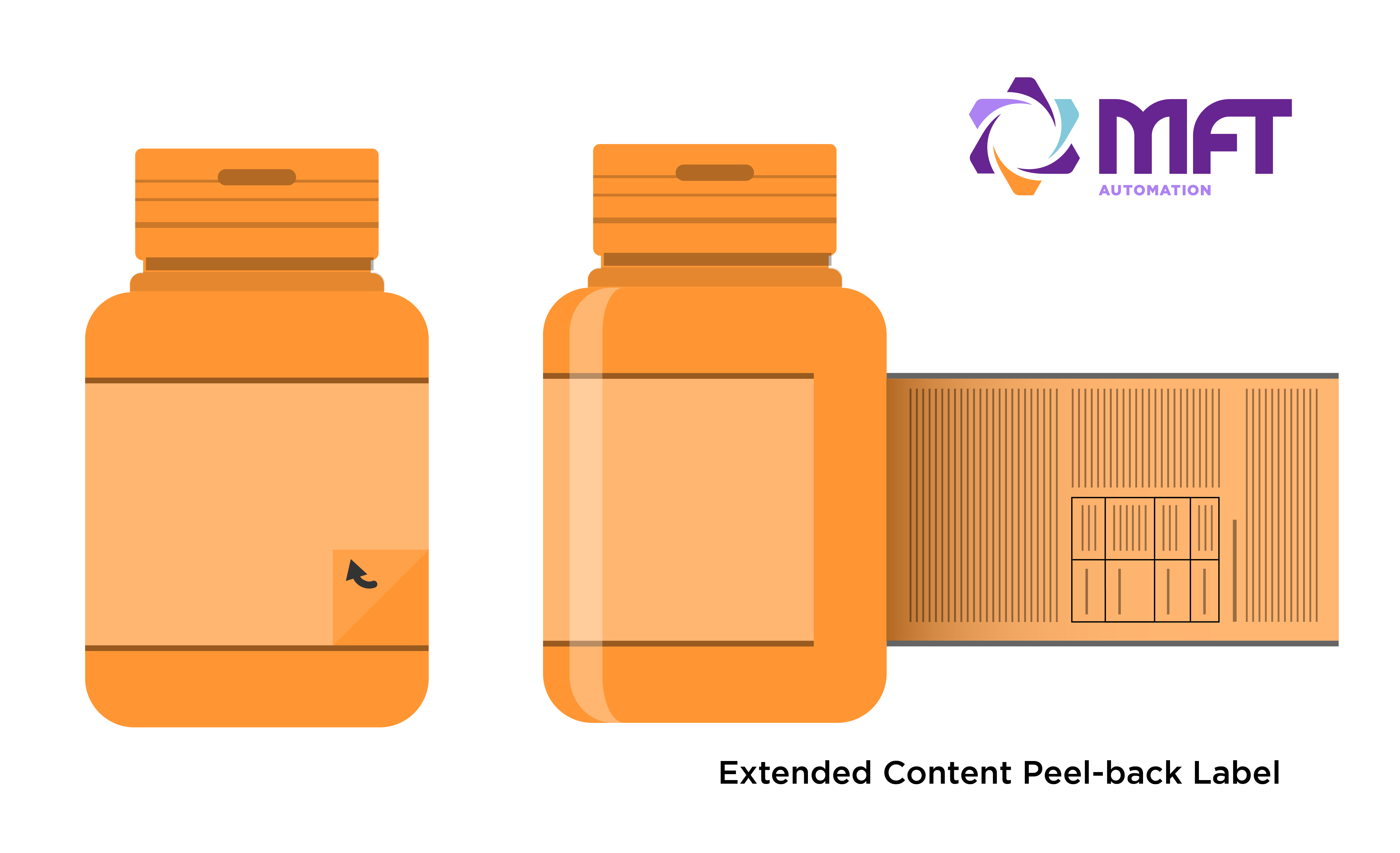
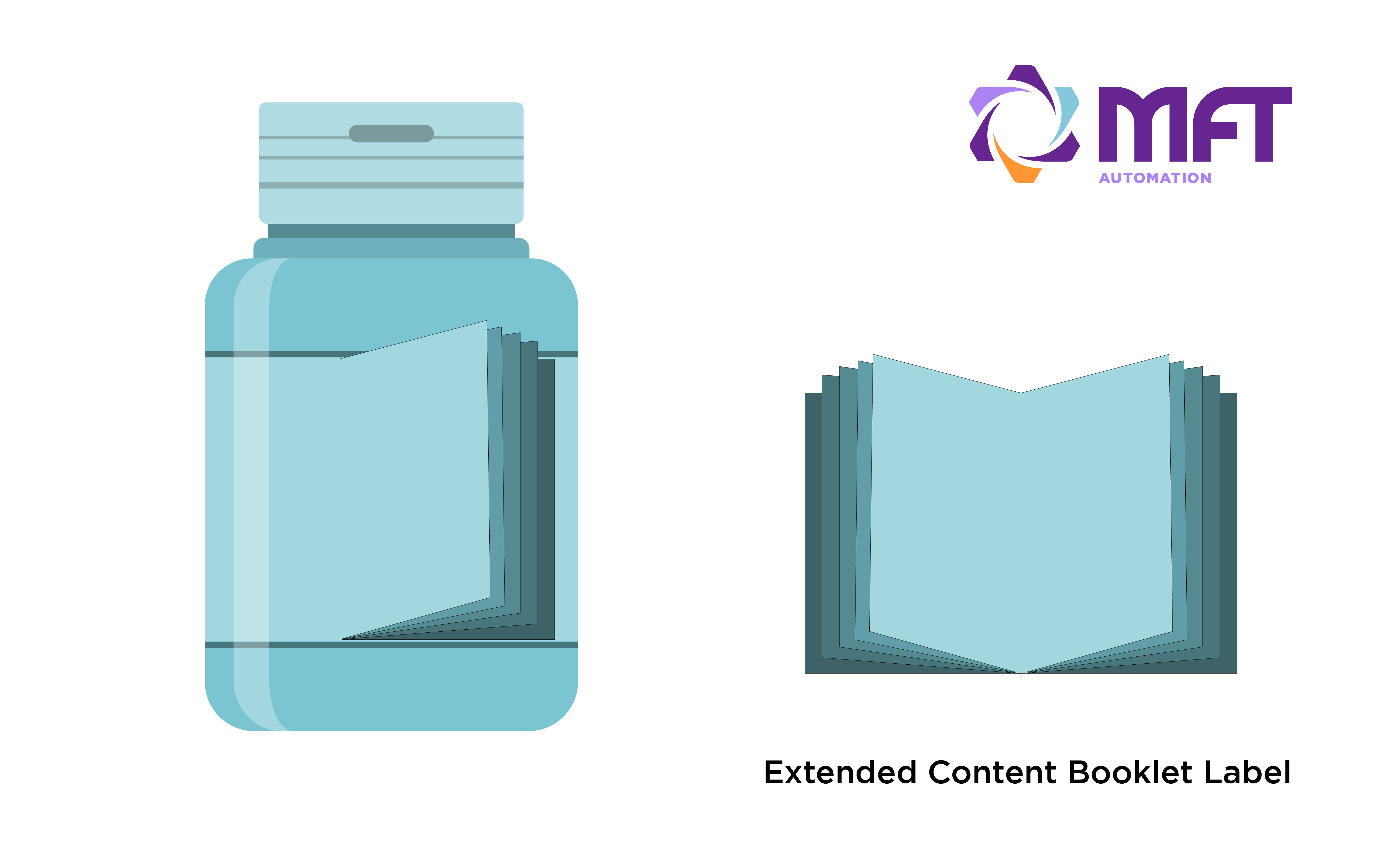
Pharmaceutical companies must adhere to strict product labeling regulations, and with the abundance of vital information on pill bottle labels, the utmost care and precision is vital. The company’s credibility also lies in a successful labeling process. Skewed and improperly labeled pill bottles can make customers question the company’s professionalism and credibility.
There are many different ways to label pill bottles and the right method depends on the pill bottle’s size, type of label, and the labeling machine.
Wrap Labeling
Wrap labeling is the ideal labeling method for most pill bottle labeling. As the technique’s name implies, the label wraps around the pill bottle. One belt rolls the label off of the backing and holds it against the bottle. The other belt spins the bottle over the label. These two actions move the container forward while applying the pressure needed to create a tight bond with the label adhesive.
Another version of the technique uses rollers to move and secure the labels onto the bottles. The pill bottles travel on their side down a roller conveyor to the labeler which sits over the top of the conveyor. The labeler dispenses a label when it senses the bottle and the rolling motion of the bottle wraps the label around the bottle. A roller helps secure the label as it travels down the roller conveyor.
As long as the labels do not need to be placed on a certain part of the bottle, wrap labeling is one of the most effective and fast ways to label a large amount of bottles as the technique uses the motion and momentum of the bottle to label.

Automation Solutions for Pill Bottle Labeling
Booklet to Web
The Booklet to Web System is ideal for creating extended content labels as it is explicitly designed for booklets. Booklets can be difficult to label accurately as they commonly skew as they travel down the conveyor for labeling. The Booklet to Web System uses the proven and patent Lead Edge Registration technology to eliminate this problem.
Hard carcass belts pull the rigid folded edge of the booklet forward into lugs to quickly square the products with accuracy and precision that carries into the final placement onto the web. This avoids pushing against the open trailing edge of the ECL, which may not properly register the products. With the ability to be mounted directly onto a web printing system, the Booklet to Web system easily integrates into existing lines for more productivity.
The MFT Impresso Bottle Labeler
After the booklet is integrated into the label, the label can be applied to the bottle easily with a labeler. The MFT Impresso Bottle Labeler system is also recommended for peel-back labels and normal labels. The MFT Bottle Labeler aligns and applies labels with consistent pinpoint accuracy. The MFT Impresso Bottle Labeler’s adaptable design is configurable to label pill bottles of all sizes and even rectangular or irregularly shaped ones. The labeler handles labels of varying sizes up to eight inches, from large bottles to smaller bottles.
The robust labeler includes customizable computer controls, a 1000-watt brushless servo motor for unwind and rewind, and durable stainless steel shafts to provide maximum life expectancy. If larger production requirements are needed, the MFT Impresso Bottle Labeler is highly mobile and easily integrates with third-party components.
MFT Automation: Your Solutions Partner
MFT Automation has over 25 years of experience in the automation industry helping thousands of customers design, build, and integrate high-performance solutions. Our success is made possible by our engineering-oriented and customer-driven approach to finding the best automation solution for a customer’s application. With an expansive catalog of standard robust equipment that can easily be integrated into existing production lines or its own stand-alone solution. We focus on tailoring the solution to the application and not the other way around.
MFT Automation has an abundance of in-house resources that include Mechanical, Electrical, and Software engineers, and a machine shop with modern CNC and lathe machine tools. Our connections and partnerships allow for limitless opportunities and resources to create the perfect system. We work with customers from the first solution draft to integration to installation and training. Contact us with your latest labeling automation challenge, online or call us at 1-651-427-1255.


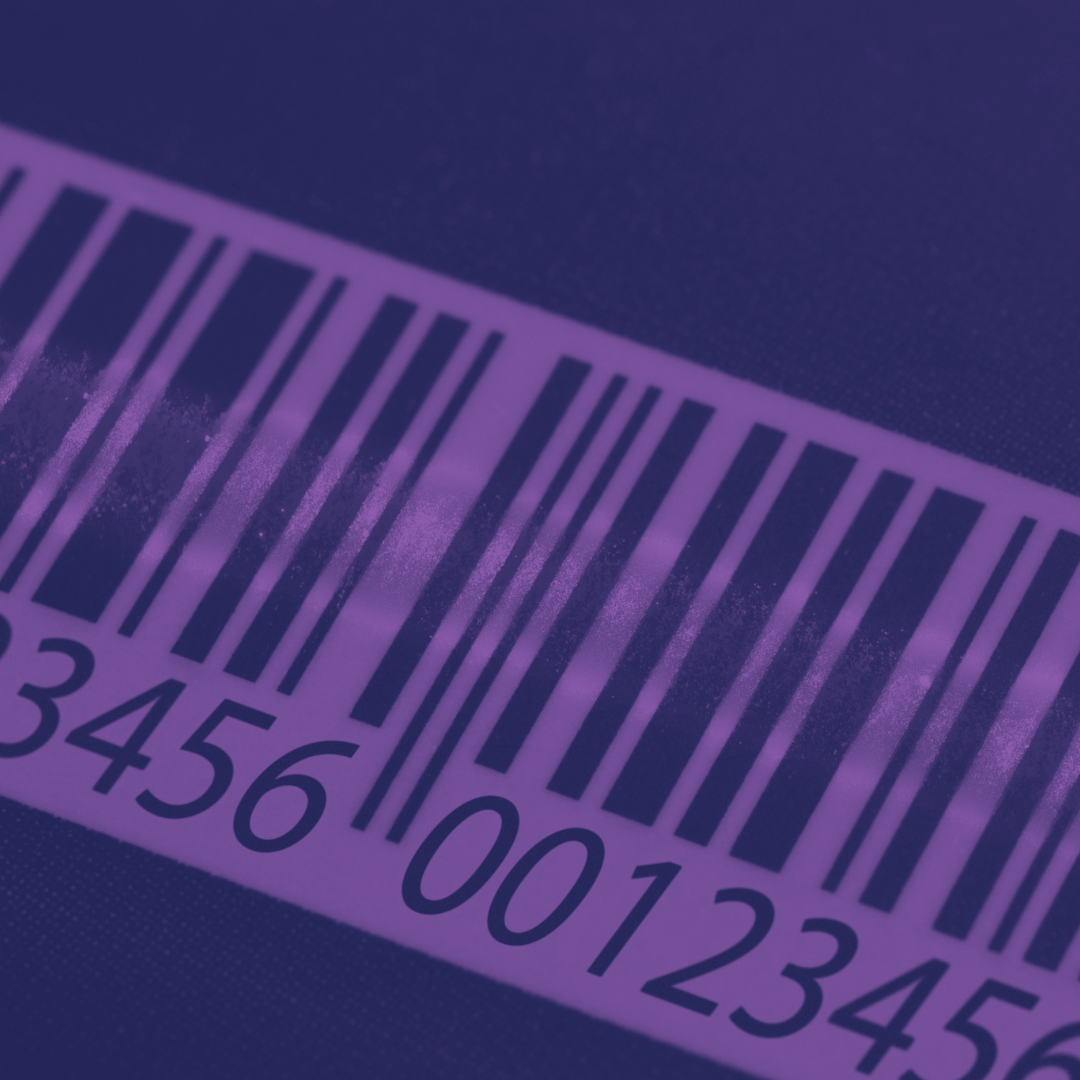
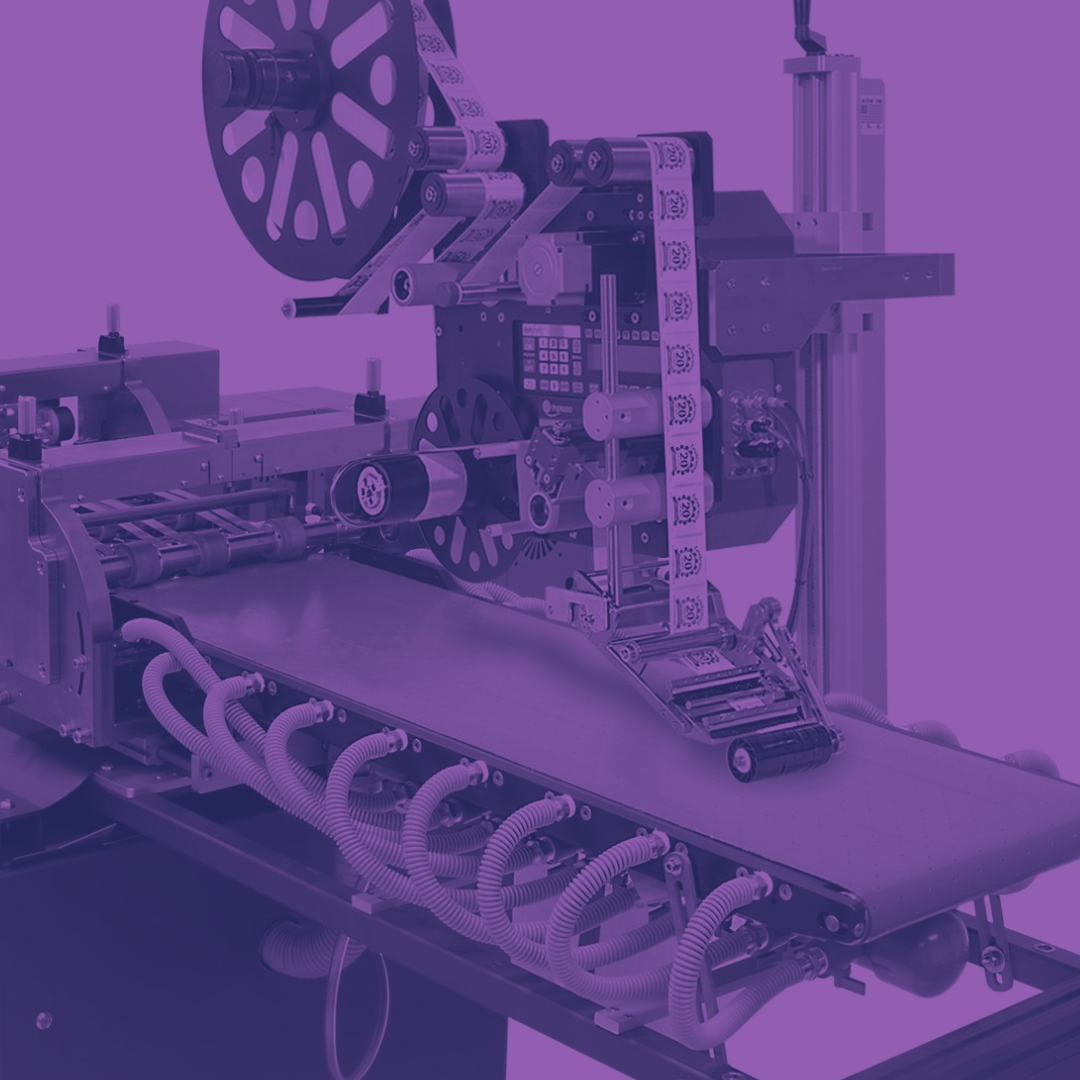
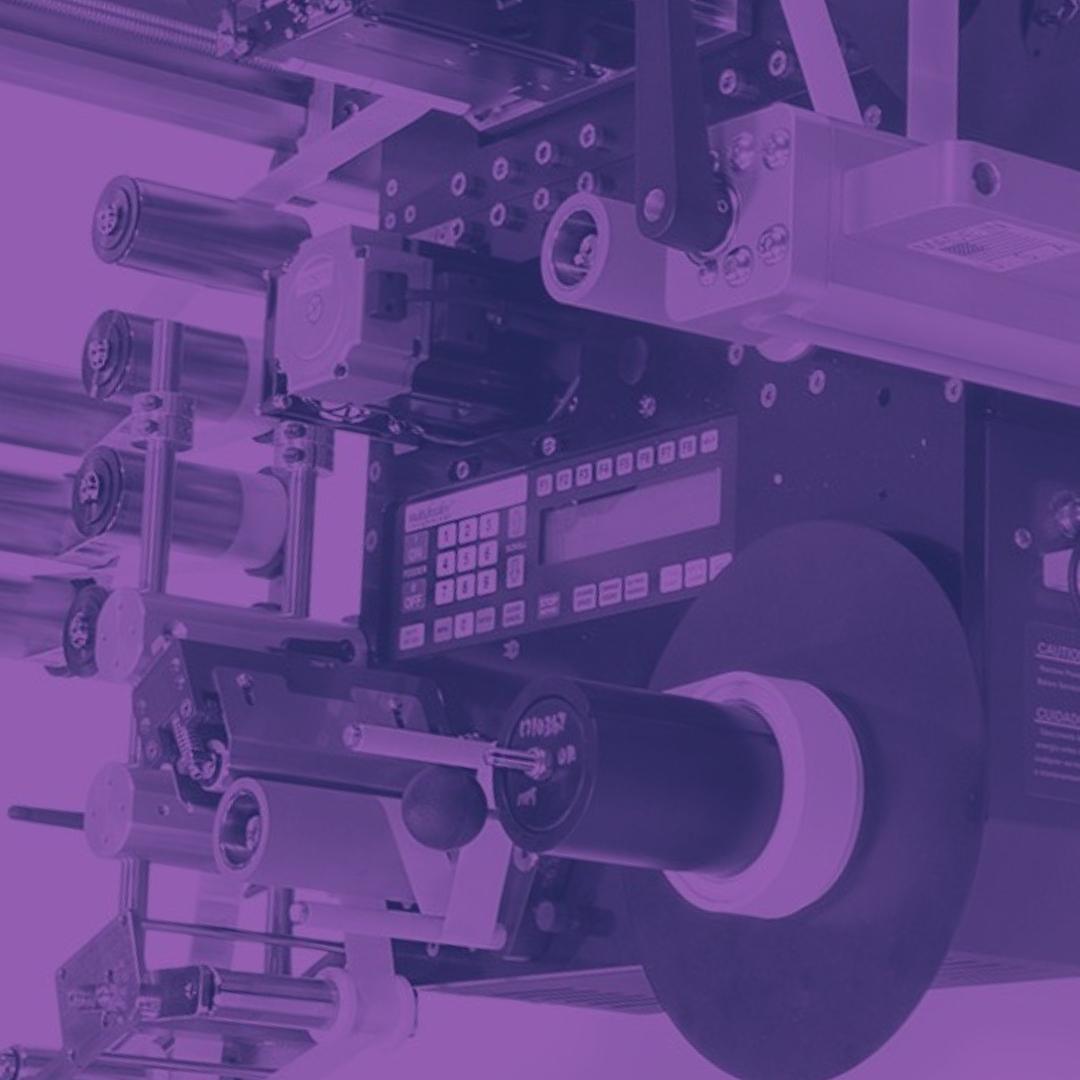



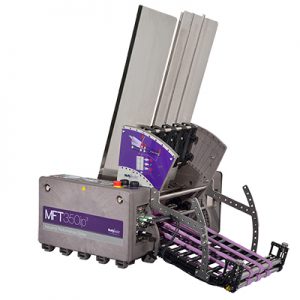
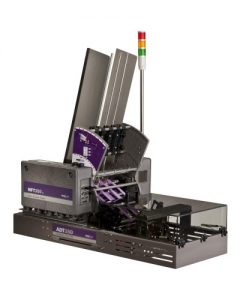
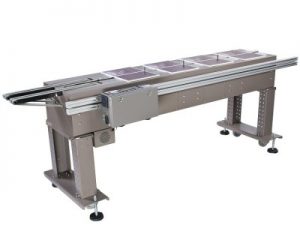
 4. Labelers Machine
4. Labelers Machine